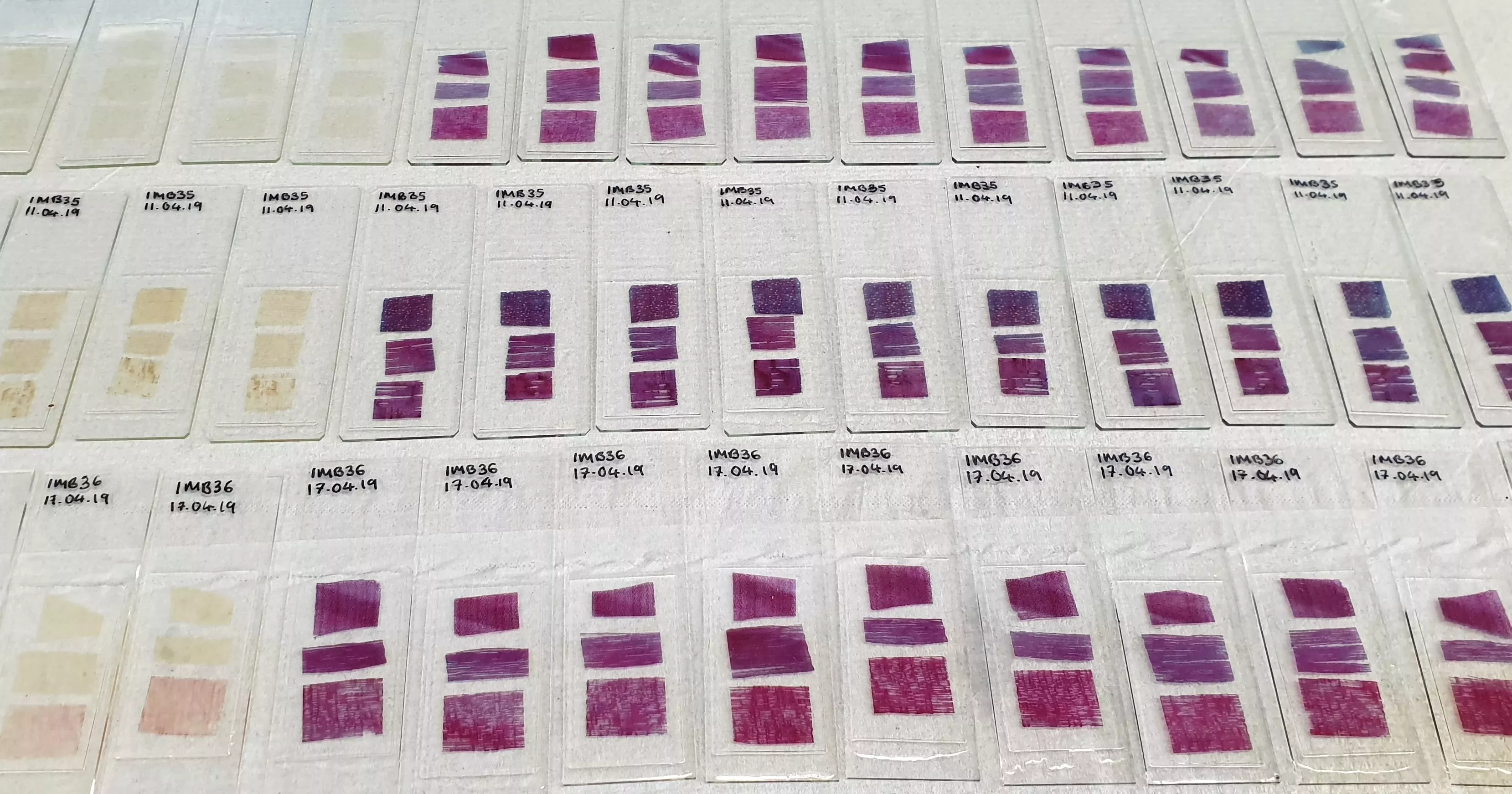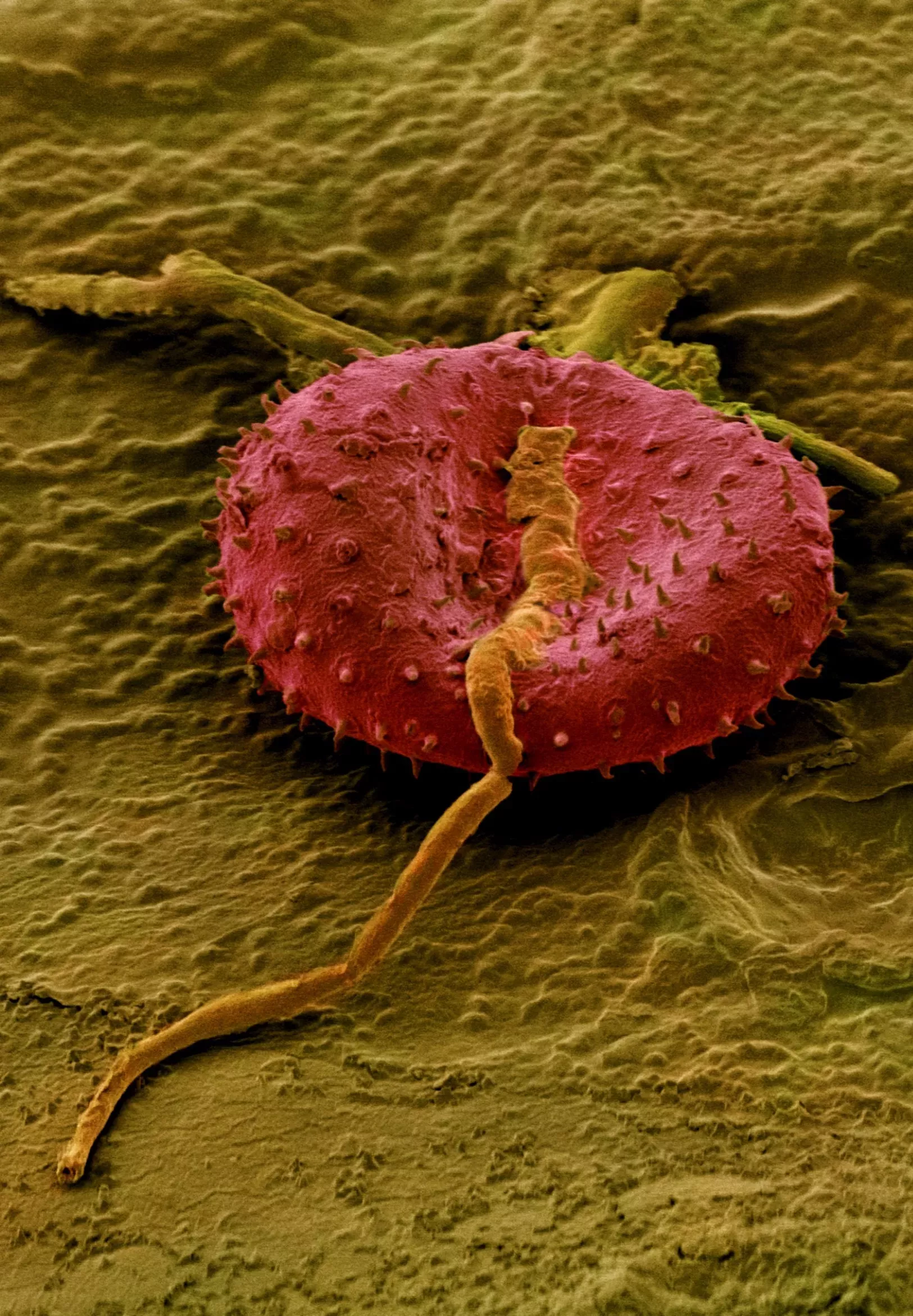19 August 2020
Plant forensics: Cracking criminal cases
Learn how forensic botany and Kew’s plant science help solve crimes.

Plant science has many amazing uses but there is one that may come as a surprise.
It can help catch killers, solve modern-day crimes and save lives in the process.
This branch of plant science is known as forensic botany.
What is forensic botany?
Forensic botany, otherwise known as plant forensics, is the use of plants in criminal investigations.
This includes the analysis of plant and fungal parts, such as leaves, flowers, pollen, seeds, wood, fruit, spores and microbiology, plus plant environments and ecology.
The aim is to link plant evidence with a crime, such as placing a suspect at a crime scene through analysis of pollen or seed particles found on their clothing.
Discovering what the plant species is and where it comes from can help identify how the plant was used, or where and when a crime took place.
Some minuscule plant particles invisible to the naked eye can cling to material and be preserved for years, even decades.
This evidence can then be used in court.

Applying plant science to crime
Unlike in some fictional TV crime thrillers, forensics is very complex and knowing what to look for is essential.
Forensic botany is all about plant identification.
This may be identifying a plant-based toxin that was used to poison someone or the hairs of a leaf that are clinging to a murder suspect’s jacket.
With a whole plant, or pieces of a plant like leaves or wood, DNA analysis can be used to identify the specimen. With a plant extract, chemistry is needed.
To find the constituents of a sample, you need to know what to look for in that substance and the methodology that would enable you to test that.

How Kew cracks mysteries
Here at Kew, our Commercial Phytochemistry Unit (CPU) is a specialist team of scientists who, as part of their job, help investigators solve their mysteries.
Headed by our Deputy Director of Science Professor Monique Simmonds, the team examine plant and fungal samples sent in by investigators, and use cutting-edge methodology to crack criminal cases.
Bringing all the elements of Kew Science together, and using our wealth of botanical knowledge, world-class collections and databases is crucial for answering investigative questions.
This background knowledge is important and helpful. We have and continue to collect knowledge about the uses of plants, including negative ones such as homicide.
Being able to identify a plant correctly can have life or death consequences.
For example, if someone has been poisoned and is on life support, it is imperative that we identify the plant toxin to aid their medical treatment and recovery, and possibly identify an antidote.
Our team of experts work swiftly and are able to respond quickly to enquiries coming through.

Finding a botanical fingerprint
In chemical analysis, we look for the botanical fingerprint of the plant chemicals.
We have high-tech equipment here in our labs at Kew that allows us to do botanical fingerprinting by liquid chromatography.
Comparing the results to chemicals already on our database, the team can identify the plant samples.

The importance of plant science in forensics
In the past, crimes have gone unsolved due to the inability of investigators to detect certain types of plant compounds, so killers have got away with poisoning someone with plant-based toxins.
We now have advanced methodology and technology to be able to detect plant substances that we did not have in the early 20th century. We hope to continue with this advancement and increase our knowledge of DNA to help solve future cases.
Kew’s collections and scientific work have been essential in solving some notorious criminal cases.



